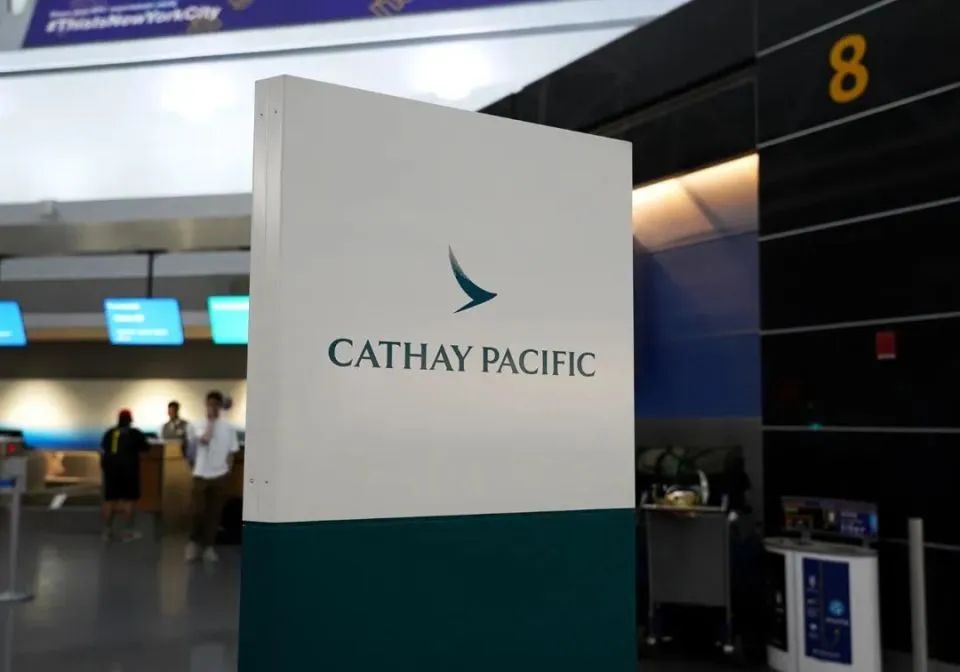Massive Flight Cancellations and Implications of Cathay Pacific A350 Failure
In the early hours of September 2, Cathay Pacific Airways flight CX383 to Zurich, Switzerland, turned back to Hong Kong shortly after take-off due to a sudden failure. The engine of the Airbus A350 was found to have a component failure.
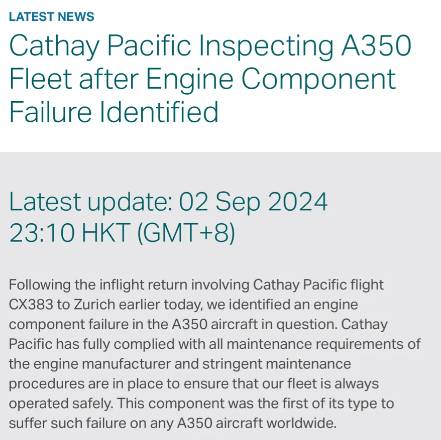
In a statement issued by Cathay Pacific Airways, the airline noted that this was the first time in the world that an A350 aircraft had suffered an engine component failure. To ensure safety, the airline immediately initiated a “preventative check” on its fleet of 48 A350 aircraft, including the A350-900 and A350-1000. As a result, a number of identical engine parts were found to be in urgent need of replacement, and all efforts are being made to procure them overseas. The statement also announced that Cathay Pacific's A350 fleet would be temporarily suspended until full repairs had been completed. A total of 48 flights operated by the fleet were canceled in just two days between the 2nd and 3rd.
Cathay Pacific then announced that another 20 flights would be canceled on Wednesday, bringing the total number of flights canceled this week to 68. Cathay Pacific expects all A350 flights to return to normal by Saturday, according to a person with inside knowledge of the situation. The aircraft is used on routes such as Toronto, San Francisco, Boston, New York and Chicago on the China-Canada and China-U.S. routes.
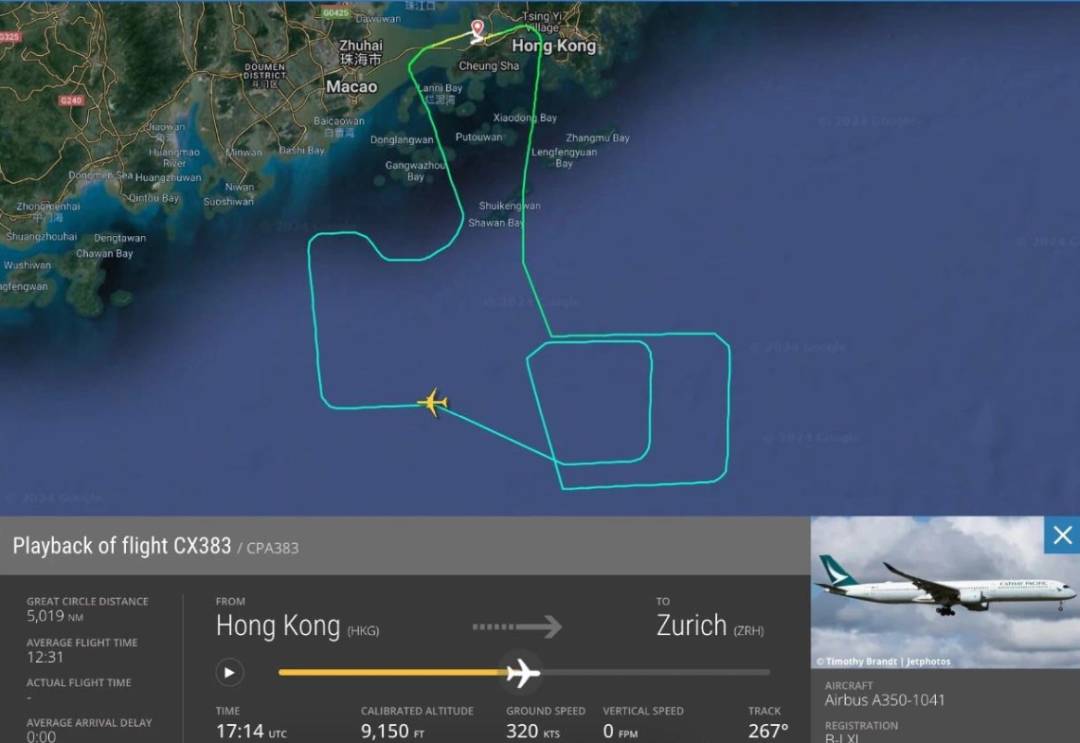
Image Source: Sourced from the Internet
Cathay Pacific Director of Engineering Keith Brown said every aircraft is undergoing rigorous inspection and apologized to customers for any inconvenience caused by the failure.
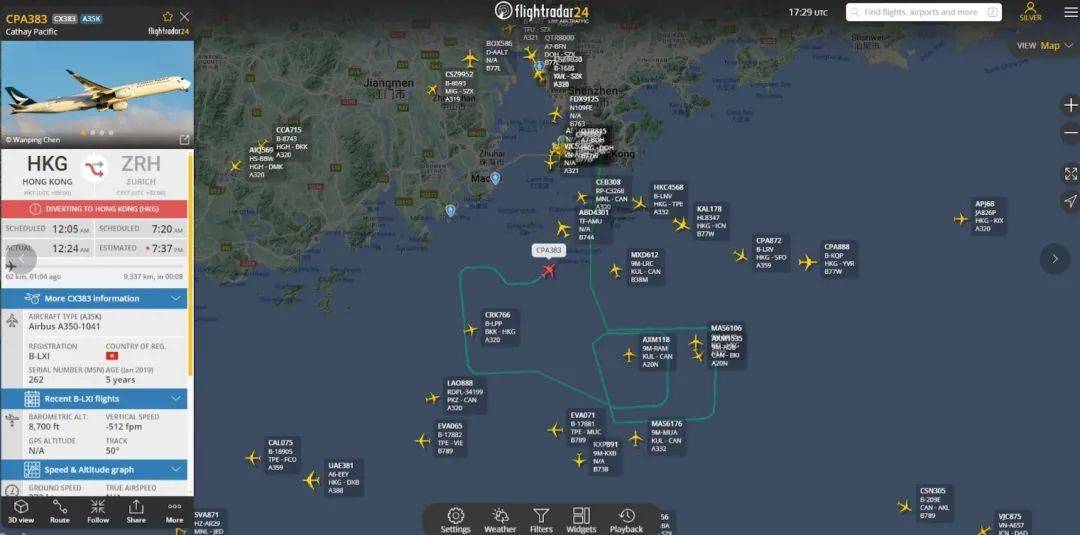
Image Source: Sourced from the Internet
Cathay Pacific flight CX383 departed Hong Kong International Airport for Zurich Airport in Switzerland at 00:07am on September 2, 2009, shortly after take-off. However, shortly after take-off, the pilot noticed that the aircraft's warning lights were illuminated and suspected an engine fire, and immediately alerted airport control to request a turn back to Hong Kong.
According to Flightradar24, a flight-tracking platform, the plane made two big loops in the air, and after about half an hour of emergency fuel-drain operations at sea, it finally landed safely at Hong Kong airport, but fortunately there were no casualties in the accident. By 5:00 a.m., passengers had already left Hong Kong on another flight.
Cathay Pacific's inspection of the A350 also caused a serious delay to flight CX826 from Hong Kong to Toronto. Many Chinese who took the flight had to wait at the airport.
A netizen posted on the Internet, “Cathay Pacific flight to Toronto was delayed for more than 10 hours, early in the morning to get up, the whole person is going to collapse! Many Chinese have booked this flight, some people complained: “five or six o'clock in the morning to get up to catch the plane, but the result is to encounter this situation ......” and others said: “I also take this flight. ” Another Chinese girl said: “Today, Hong Kong flight to Toronto was supposed to take off at 5:55 p.m., but it was delayed for nearly eight hours, and the flight was basically full of Chinese people, and many of them were students. The boarding gate was changed three times, and I ran more than 10,000 steps back and forth from the afternoon to now ...... my feet are rubbing out blisters!”
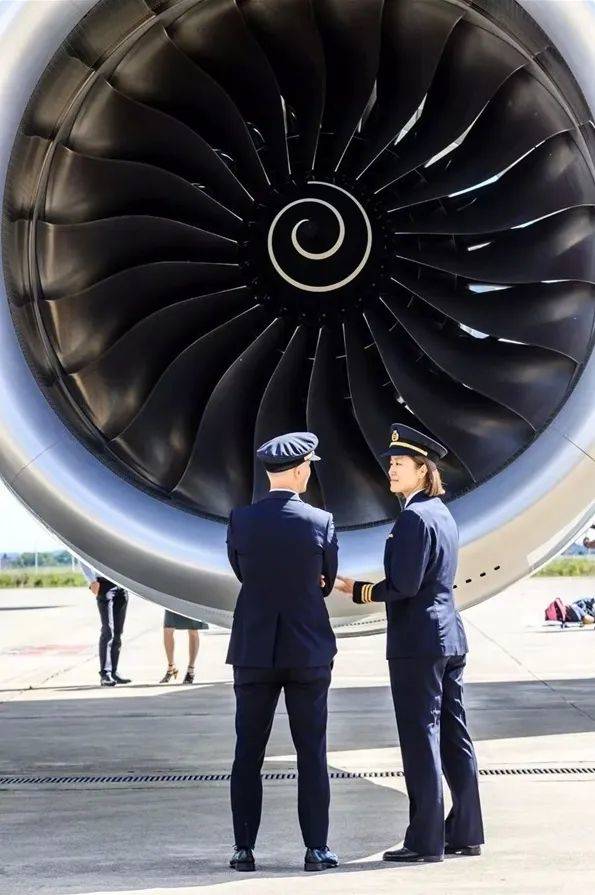
Image Source: Sourced from the Internet
To make matters worse, those stranded at the airport are having trouble even finding a place to stay. “Because Gate 3 is already packed with people, and there are no other gates available, many people who came late had no choice but to sit on the ground ......,” said a number of international students from Toronto who took the flight, fearing that they would not be able to arrive at school on time.
Hong Kong's Wireless News reported that after checking the information, it was found that the A350 airliners introduced by Cathay Pacific are categorized into the A350-900 and A350-1000 models, and the engines of these Airbus-built planes are built by Rolls-Royce (Rolls-Royce). As to why parts are being sourced overseas this time and whether there is a shortage of spare parts, Mr. Jim Wing-nin, Vice Chairman of the Hong Kong Institution of Engineers (HKIE) Aeronautical Division, said that airlines usually do not stock up too much if they need to replace a number of the same parts at the same time.
The Hong Kong media also quoted the engineer as pointing out that if the investigation found that the failure was not an isolated case, then all A350s of the same model worldwide might need to be checked.
-------- END --------
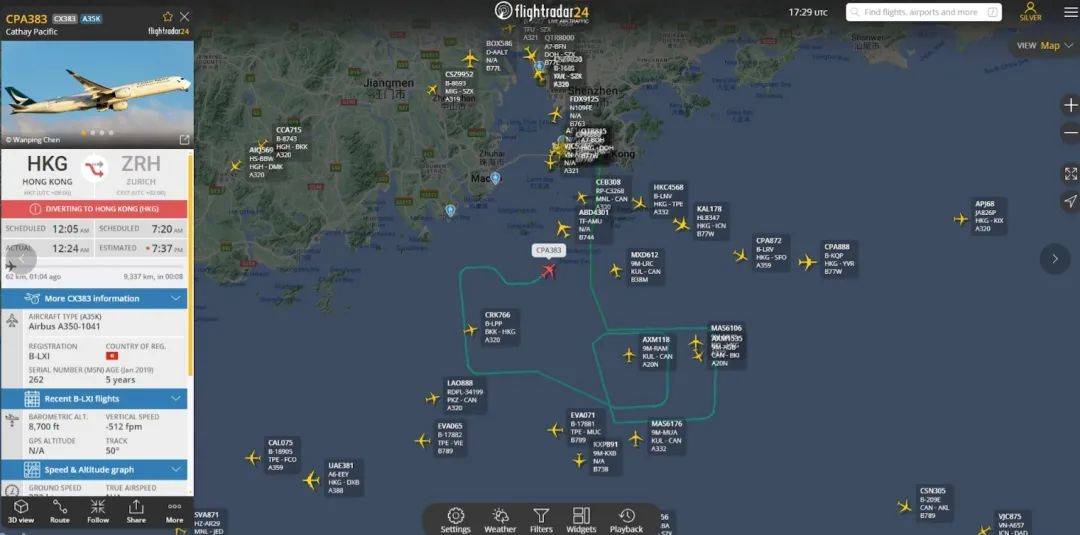

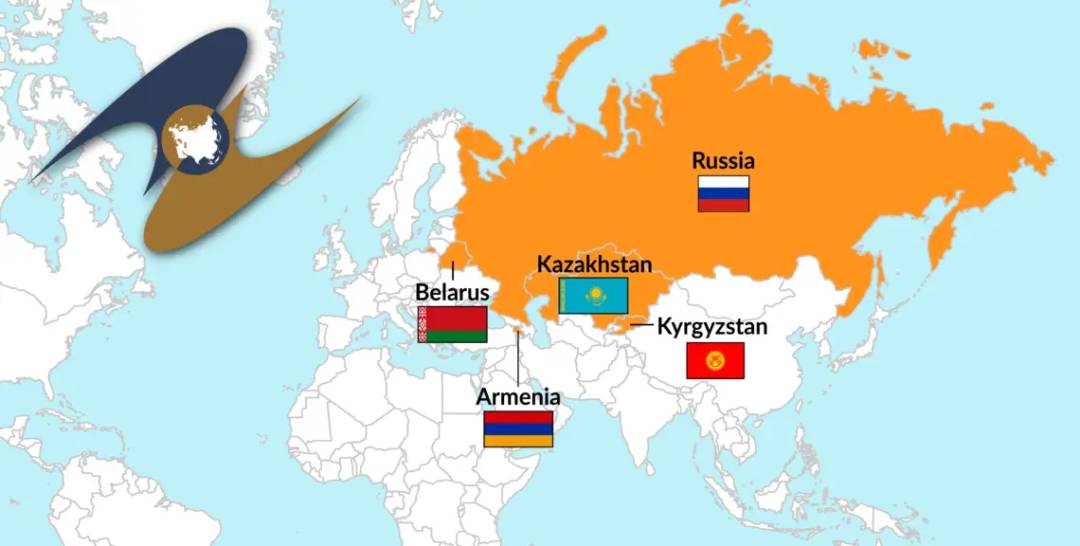
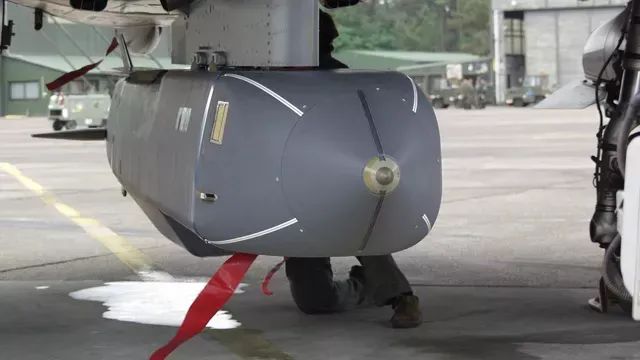

![Industry Intelligence] Record-breaking data, this year's Cologne exhibition won hemp](/images/2024/08/28/20d5f0d5bcd76a4e133c59c6145d189766ce8a26f00ee.jpg)
